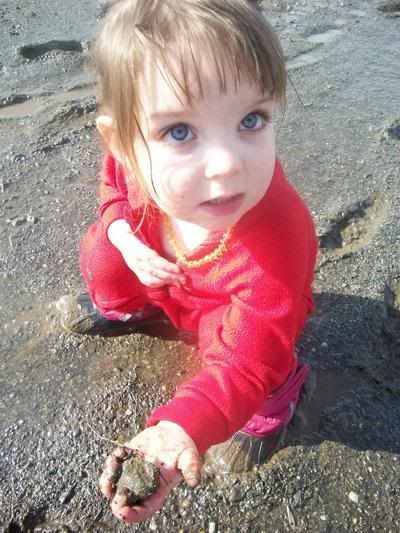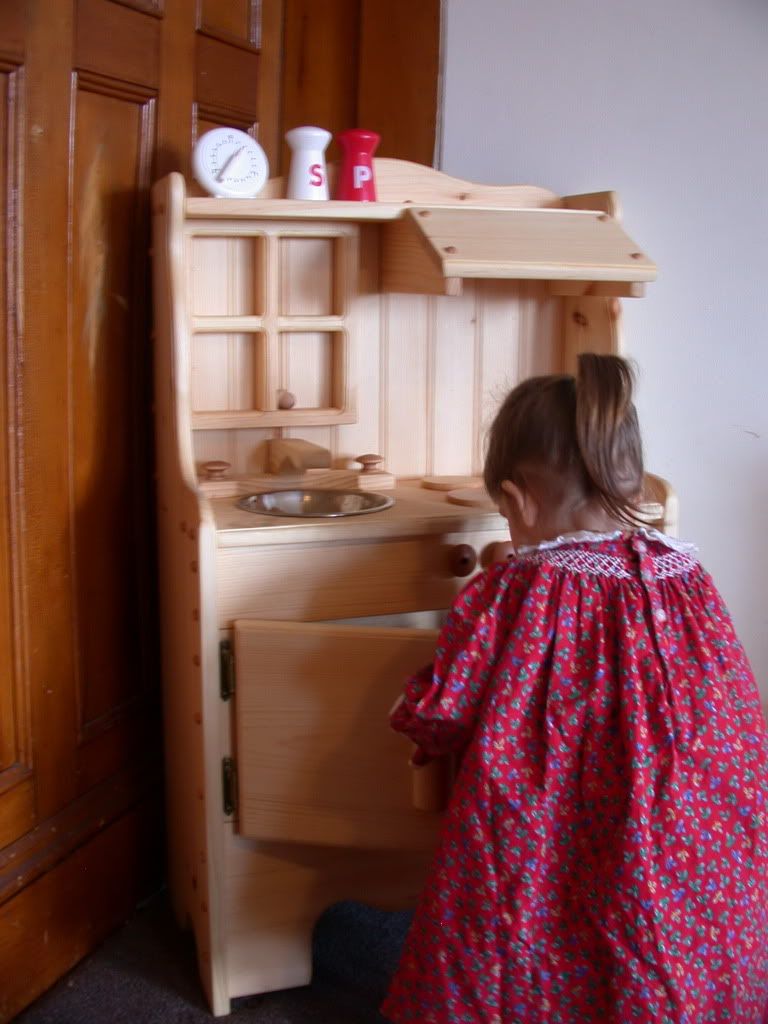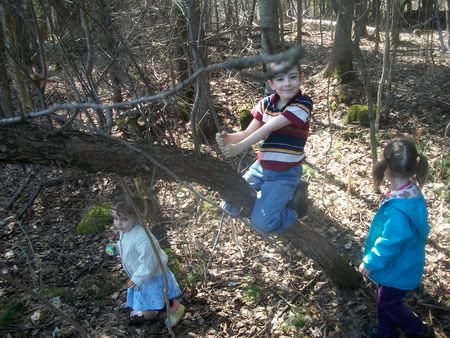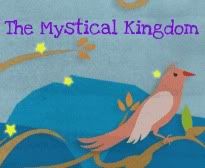
Look Out! Look Out!
Jack Frost is about!
He's after our fingers and toes;
And, all through the night,
The gay little sprite
Is working where nobody knows.
He'll climb a tree,
So nimble is he,
His silvery powder he'll shake;
To windows he'll creep,
And while we're asleep,
Such wonderful pictures he'll make.
Across the grass,
He'll merrily pass,
And change all its greenness to white;
Then home he will go,
And laugh, "Ho, Ho, Ho!
What fun I have had in the night!"
* * * * * * * *
Come in the garden
And play in the snow,
A snowman we'll make,
See how quickly he'll grow!
Give him a hat, stick and pipe,
And make him look gay.
Such a fine game
For a cold winter day!
* * * * * * * *
Snowflakes falling soft and light,
Snowflakes falling in the night,
Soft and Light, pure and white.
When the sun shines out so bright,
All the earth is dressed in white.
* * * * * * * *
When the North Wind whistles and blows,
Cherry red is brother's nose,
Very cold are sister's toes,
When the North Wind's blowing,
When the North Wind's blowing.
Logs upon the fire we'll throw,
For, as everybody must know,
We will have a fall of snow,
When the North Wind's blowing,
When the North Wind's blowing.
(Written By: Alfred S. Gatty)
**********************
Furry bear
If I were a bear,
And a big bear too,
I shouldn't much care
If it froze or snew:
I shouldn't much mind
If it snowed or friz-
I'd be all fur-lined
With a coat like his!
A.A. Milne
**********************
See the little snowflakes
Falling from the sky,
On the hills and housetops,
Soft and thick they lie.
On the window ledges,
On the branches bare;
See how fast they gather,
Filling all the air!
Look into the garden
Where the grass was green,
Covered by the snowflakes,
Not a blade is seen.
Look outside the window,
All looks still and white;
Under snowy blankets,
What a pretty sight!
(J.D. Macey)
* * * * * * * *
Finger Plays
A chubby little snowman had a carrot nose.
(show long nose with a closed fist like a trumpet in front of face)
Along a came a bunny, and what do you suppose?
(Hands show the bunny hopping)
That hungry little bunny, looking for his lunch,
(wiggle nose like a bunny)
Ate the snowman's carrot nose,
Nibble, nibble, crunch
(pretend to eat the carrot)
(Oak meadow fingerplays)
* * * * * * * *
Five little eskimos by the igloo door
one went out to feed the dogs, then there were four.
Four little eskimos rowing out to sea,
one jumped on an iceberg, then there were three.
Three little eskimos making fish stew,
one burned his finger, then there were two.
Two little eskimos hunting just for fun,
one chased a baby seal, then there was one.
One little eskimo all his work was done,
went home to supper, then there were none.
(Winter, p.51)
* * * * * * * *
Chickadee, chickadee,
Flitting through the holly tree-
With your cap and scarf of black,
Sweater gray upon your back
You're warm and happy in the snow
And when I hear you call,
I know My little friend has come to say
That wintertime's just fine for play.
(From Ladybug magazine)
* * * * * * * *
Verse for Lighting the Advent Wreath
The first light of Advent is the light of stones.
Stones that live in crystals, seashells, and bones.
The second light of Advent is the light of plants.
Roots, stem, leaf, flower and fruit by whom we live and grow.
The third light of Advent is the light of beasts.
Animals of farm, field, forest, air and sea.
All await the birth in greatest and in least.
The fourth light of Advent is the light of humankind.
The light of love, the light of thought, to give and to understand.
(Rudolf Steiner)
* * * * * * * *
We light one candle shining bright
Upon this Holy Advent night
Fill Our Hearts with loving might
Lead us to Christmas Day's brilliant light!
Second Week: We light two candles...
Third Week: We light three candles...
Fourth Week: We light four candles...
M.T. Shunemann, from The Christmas Star (available below)
* * * * * * * *
A candle's but a simple thing,
it starts with just a bit of string,
But dipped or rolled with patient hand,
it gathers wax upon the strand.
Until complete and snowy white,
it gives at last a lovely light.
Life seems so like that bit of string,
each deed we do a simple thing.
Yet day by day on life's strand,
we work with patient heart and hand.
It gathers joy, makes dark days bright,
and gives at last a lovely light.
* * * * * * * *
Riddle
I begin tall and thin, I end in a muddle, sad in a puddle (candle)
* * * * * * * *
Christmas Verses
Softly, softly, through the darkness
Snow is falling.
Meekly, meekly in the meadows
Lambs are calling.
Coldly, coldly all around me
Winds are blowing.
Brightly, brightly up above me
Stars are glowing.
* * * * * * * *
Christmas Wish
To every hearth a little fire,
To every board a little feast,
To every heart a joy,
To every child a toy,
Shelter for bird and beast.
* * * * * * * *
Mary rocks her baby,
Joseph holds a light,
Ox and ass are standing
In the stable bright.
Shepherds in the doorway
Come to greet the child,
Now they kneel before Him
And his mother mild.
One holds out a lambskin
Soft and white as snow,
All shall give their presents
Ere they homeward go.
* * * * * * * *
Story & Activity
There was a giant big and bold
Whose feet were getting very cold.
He came along to our town
And walked the stairs all up and down
Calling "Is no one hearing me?
My toes are freezing bitterly!
No single shop that I could tell
Has stocking giant-size to sell."
A little gnome both old and wise.
He gave him very good advice.
He brought two pretty bits of stuff.
The giant thought them good enough.
He wrapped his feet, his pain was eased.
And home he walked content and pleased.
Materials: Knotted cloth dolls [this could be a play silk or gauze square the you knot to show head and other body parts] with 2 extra pieces of fabric to wrap the giant's feet. Children can watch you knotting the characters.
VERSE: King Winter now is in the land,
he reigns with cold and freezing hand.
He makes Jack Frost touch nose and toes,
and gives our cheeks a shining glow.
FINGER PLAY: A chubby little snowman had a carrot nose.
(show long nose with a closed fist like a trumpet in front of face)
Along a came a bunny, and what do you suppose?
(Hands show the bunny hopping)
That hungry little bunny, looking for his lunch,
(wiggle nose like a bunny)
Ate the snowman's carrot nose,
Nibble, nibble, crunch
(pretend to eat the carrot)
The Snow
This is the way the snow comes down,
Upon a winter day,
But soon the golden sun comes out,
And melts it all away.
Lines 1 & 2: flutter fingers down from arms raised position until arms are lowered.
Lines 3 & 4: make large circle with fingers for sun.
— Author Unknown

Making a Snowman
Roll a snowball round and round,
Round and round upon the ground.
Make one, make two, here's what you do,
You can build a snowman too.
As the sun shines down some day,
Poor snowman, he will melt away.
Lines 1 & 2: roll hands around each other.
Line 3: make two fists, then put one on top of the other.
Lines 4 & 5: hold fists in snowman position.
Line 6: open hands flat out on top of each other.
— Gloria T. Delamar, Author
Clap for Santa Claus
O, clap, clap the hands,
And sing with glee!
For Christmas is coming
And merry are we.
How swift o'er the snow
The tiny reindeer
Are trotting and bringing
Good Santa Claus near.
Our Stockings we'll hang,
And while we're asleep,
Then down through the chimney
Will Santa Claus creep.
He'll empty his pack,
Then up he will come
And calling his reindeer,
Will haste away home.
Then clap, clap the hands!
And sing out with glee,
For Christmas is coming
And merry are we!
Verse 1 - All lines: clap hands.
Verse 2 - All lines: lock thumbs together and make walking motions with other fingers to indicate reindeer and sleigh.
Verse 3 - Lines 1 & 2: point down with four fingers of one hand.
Lines 3 & 4: put one fist on top of the other to represent chimney andd put upper thumb inside of upper fist to represent Santa Claus going down chimney.
Verse 4 - Lines 1 & 2: raise thumb from upper fist as Santa Claus comes up chimney.
Lines 3 & 4: lock thumbs and walk with fingers.
Verse 5 - All lines: clap hands.— Emilie Poulsson, Author, 1893













